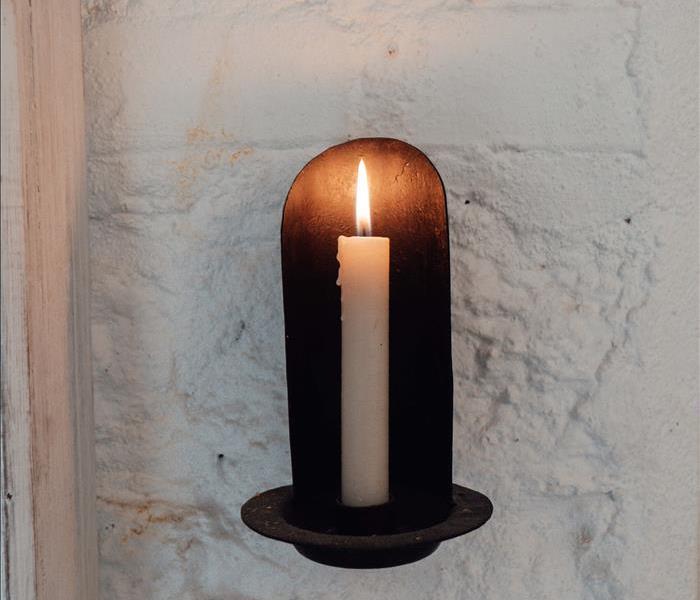Fire Damage Solutions for Seattle
7/31/2022 (Permalink)
Duct Cleaning and Fire Restoration from SERVPRO®
Smoke can travel quickly from the source of fire to other parts of the home. Hot smokes seek out cooler surfaces and air pockets. This phenomenon means that finding large amounts of soot, smoke residues, and ash inside heating ventilation and air-conditioning (HVAC) systems or ducts is common. SERVPRO is a responsible restoration service that can help clean HVACs and ductwork after a fire.
Professional fire damage restoration services in Seattle include HVAC inspections as part of the restoration procedure. Some of the most important questions to answer when assessing whether smoke has entered ductwork is whether the system was used during the fire. If the fire's source was close to the return or supply-side ducts and the length of time that materials in the home were burning. It is essential to clean the HVAC to ensure that smoke, odor, or soot is not circulating in the system and depositing back into rooms of your property. We offer HVAC inspections as part of our:
- Fire restoration service
- Odor removal
- Smoke Removal
It is not always possible to clean the entire duct system of an HVAC. In these situations, we use duct sealing methods to reduce the impact of smoke damage. Our technicians hold certifications from the National Duct Cleaning Association (NDCA), which ensures that they can safely and expertly inspect or clean your HVAC system. Duct sealing begins by removing and cleaning or replacing air intakes and vents. We can then vacuum inside the duct to remove any loose ash or soils from the system. We then wash the interior walls of the duct with an all-purpose detergent before moving on to the sealing phase.
- Before sealing the ducts, technicians should inspect the mechanical parts of the HVAC system for signs of damage or debris.
- Outlets are typically covered with cheesecloths before fogging the duct to prevent redistributing into the home.
- Ultra-low volume (ULV) foggers disperse duct sealant into the ducts. The HVAC system's central blower is then used to distribute the sealant in the duct.
If your home suffers from smoke damage, contact SERVPRO of Seattle Northeast for fire damage restoration services at (206) 362-9295.






 24/7 Emergency Service
24/7 Emergency Service
